25 Mind-Blowing Mythology Facts You Won't Believe Are True | FactsLook
Introduction: Unveiling the Secrets of Ancient Myths
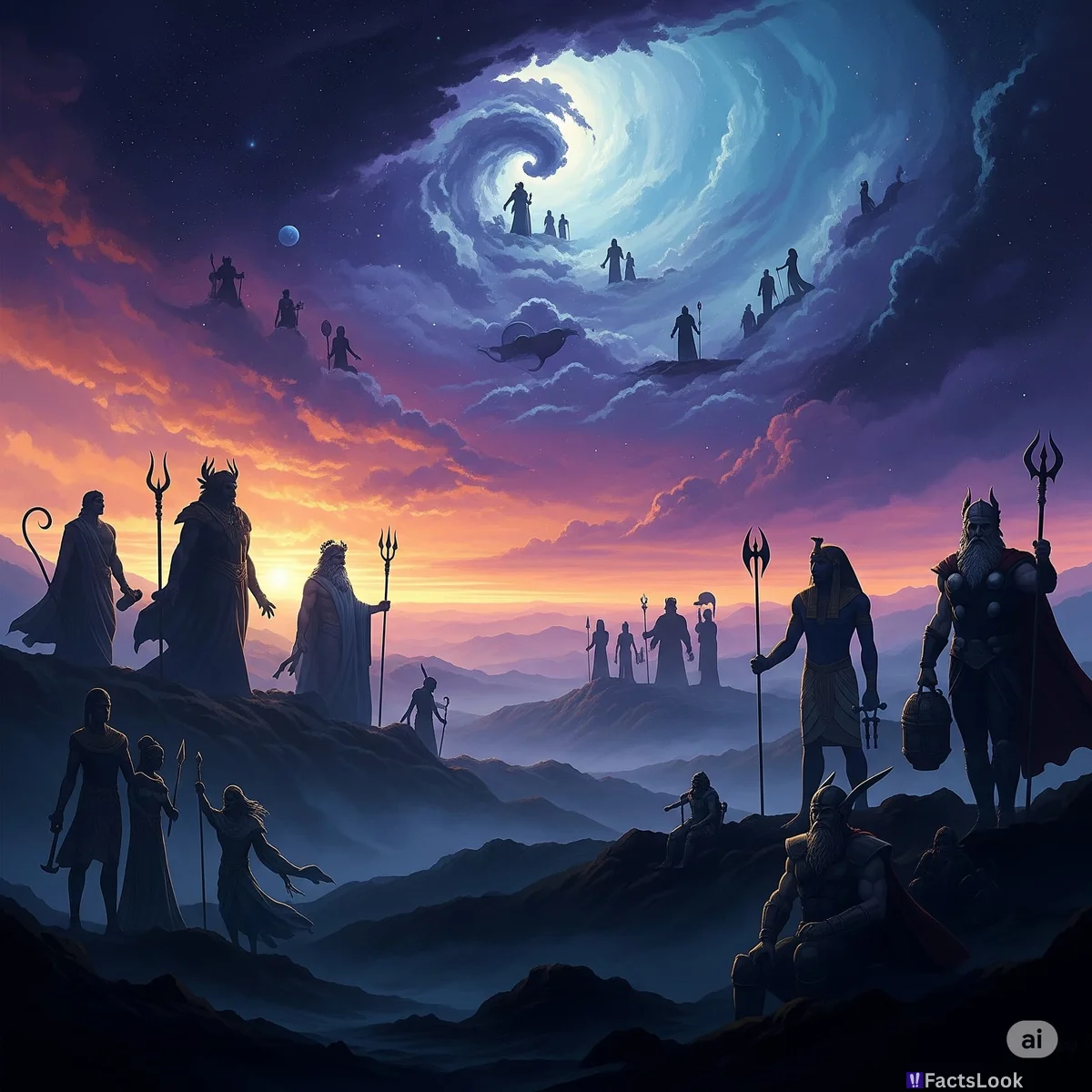
For millennia, humans have looked to stories – myths – to explain the unexplainable, to understand their origins, and to navigate the complexities of life. These aren't just 'old wives' tales'; they are rich tapestries woven with cultural values, historical echoes, and timeless truths. Prepare to embark on a journey through the captivating world of mythology, uncovering lesser-known facts and intriguing trivia that will redefine how you view these ancient narratives. Let's discover some astonishing mythology facts!
The Babylonian Epic of Gilgamesh: A Precursor to the Flood Myth
Long before Noah built his Ark, the Babylonian Epic of Gilgamesh (c. 2100 BC) detailed a great flood sent by the gods to wipe out humanity. Utnapishtim, the Gilgameshian Noah, survived by building a boat and saving animals. This story showcases that flood myths are a widespread motif, potentially stemming from ancient Mesopotamian recollections of actual flooding events. [Source: https://www.ancient.eu/Gilgamesh/]
Medusa's Origins: Not Always a Monster
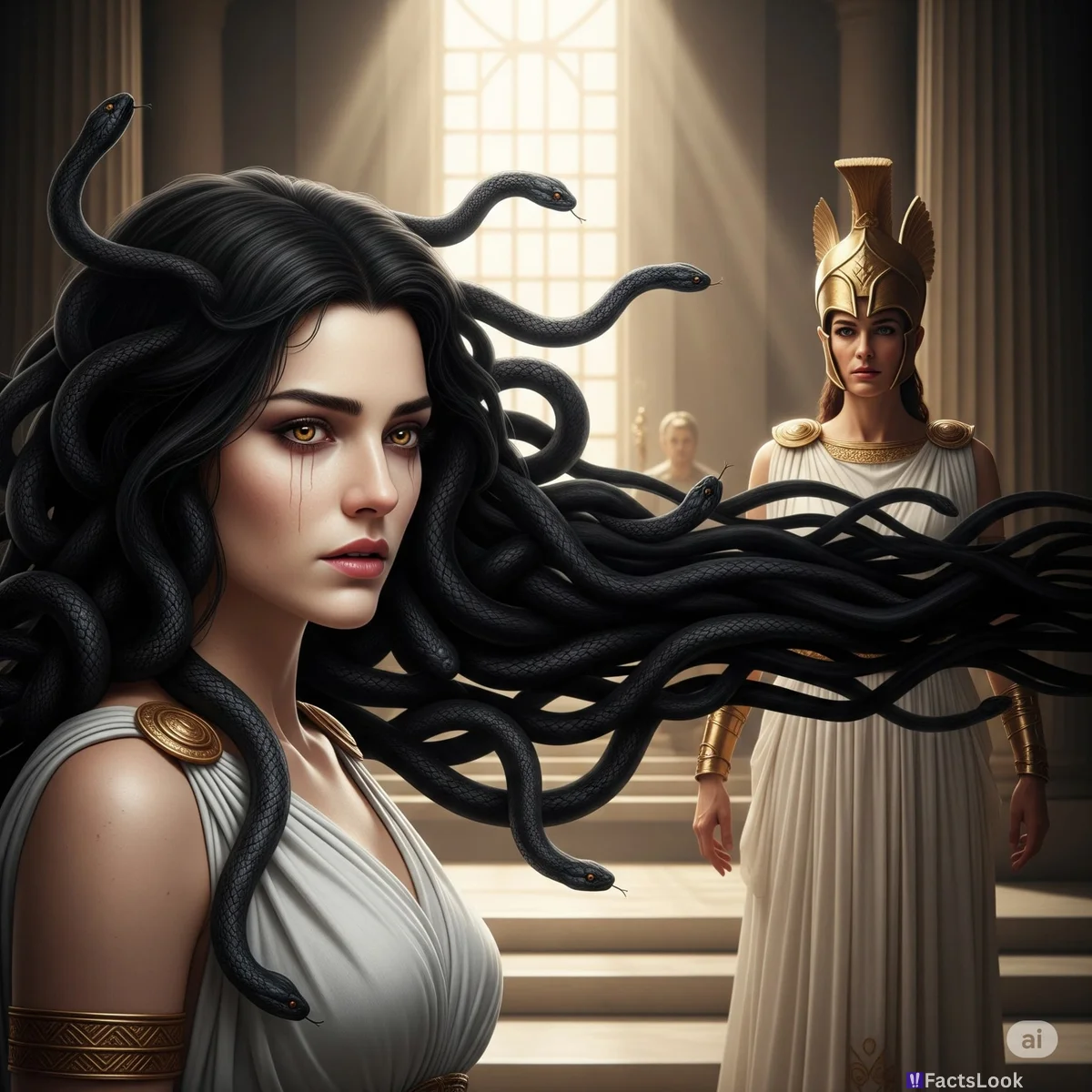
While commonly depicted as a monstrous Gorgon, Medusa was originally portrayed as a beautiful priestess of Athena. According to Ovid, Poseidon assaulted her in Athena’s temple, and Athena transformed Medusa’s hair into snakes as punishment. Her portrayal as a monster developed later, adding layers to the complex story of blame and transformation.
Norse Mythology: Ragnarok Isn't Just a Battle
Ragnarok, the Norse apocalypse, isn’t simply a destructive battle; it’s a cyclical event. After the destruction of the world by fire and flood, the Earth rises anew, fertile and green, populated by a few surviving gods and two humans. This emphasizes a core Norse belief in renewal and rebirth after devastation.
Egyptian Mythology: The Solar Boat of Ra
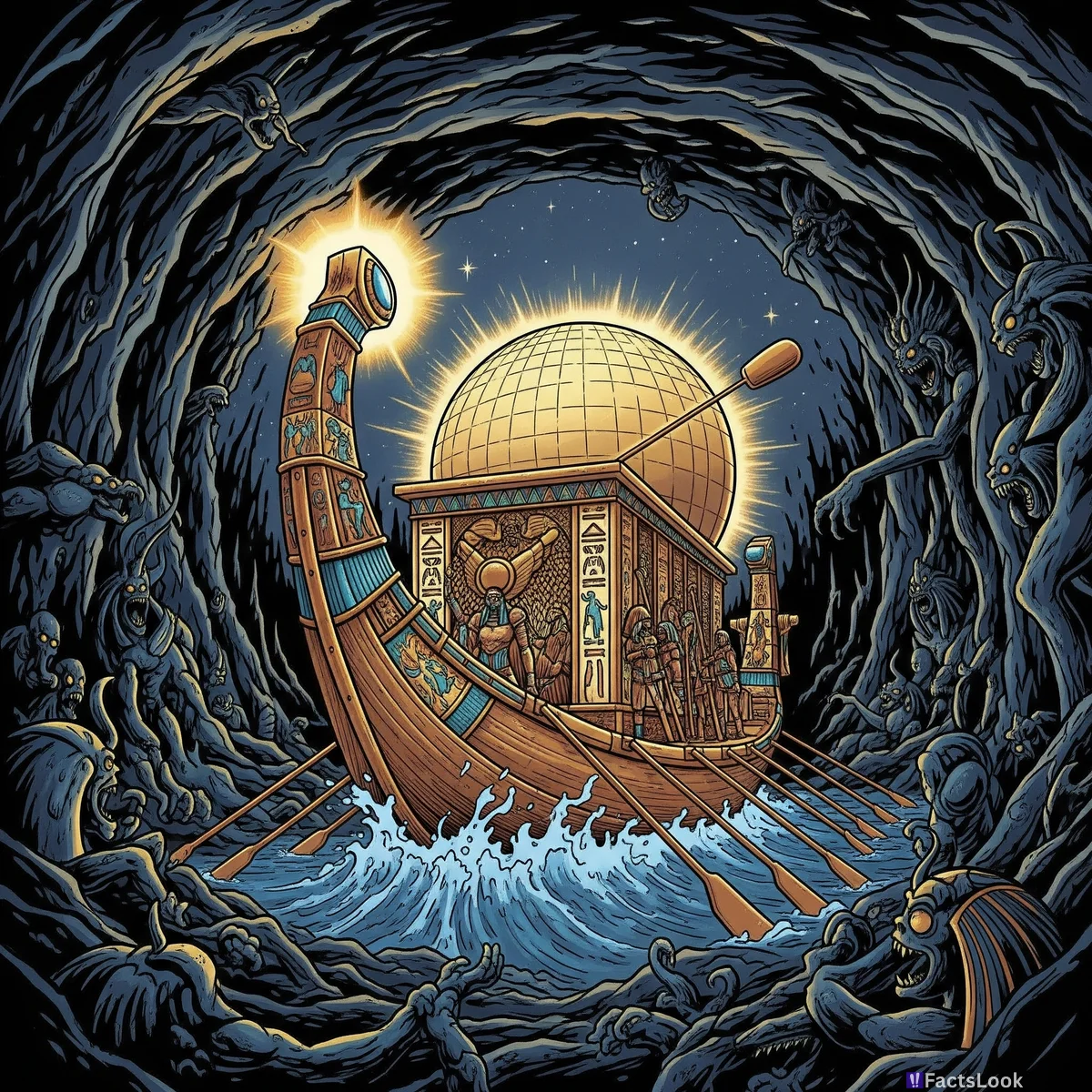
Each night, the Egyptian sun god Ra travelled through the underworld (Duat) in a boat called the 'Boat of Millions of Years'. He faced numerous demons and challenges before being reborn at dawn. This journey symbolized the cyclical nature of life, death, and resurrection, fundamental to Egyptian beliefs.
The Irish Myth of Tír na nÓg: Land of Eternal Youth
Tír na nÓg ('Land of the Young') is a supernatural realm in Irish mythology. It's a paradise where youth doesn’t fade, and food and drink provide immortality. To return to the mortal world after visiting Tír na nÓg would age you rapidly, highlighting the bittersweet nature of immortality.
Greek Mythology: Prometheus’ Punishment – A Liver That Regenerates
Prometheus, for giving fire to humanity, was chained to a rock, and an eagle would eat his liver daily. However, his liver would regenerate overnight, prolonging his suffering eternally. This wasn’t just punishment, but a potent symbol of resilience and defiance against the gods.
Japanese Mythology: Amaterasu and the Cave
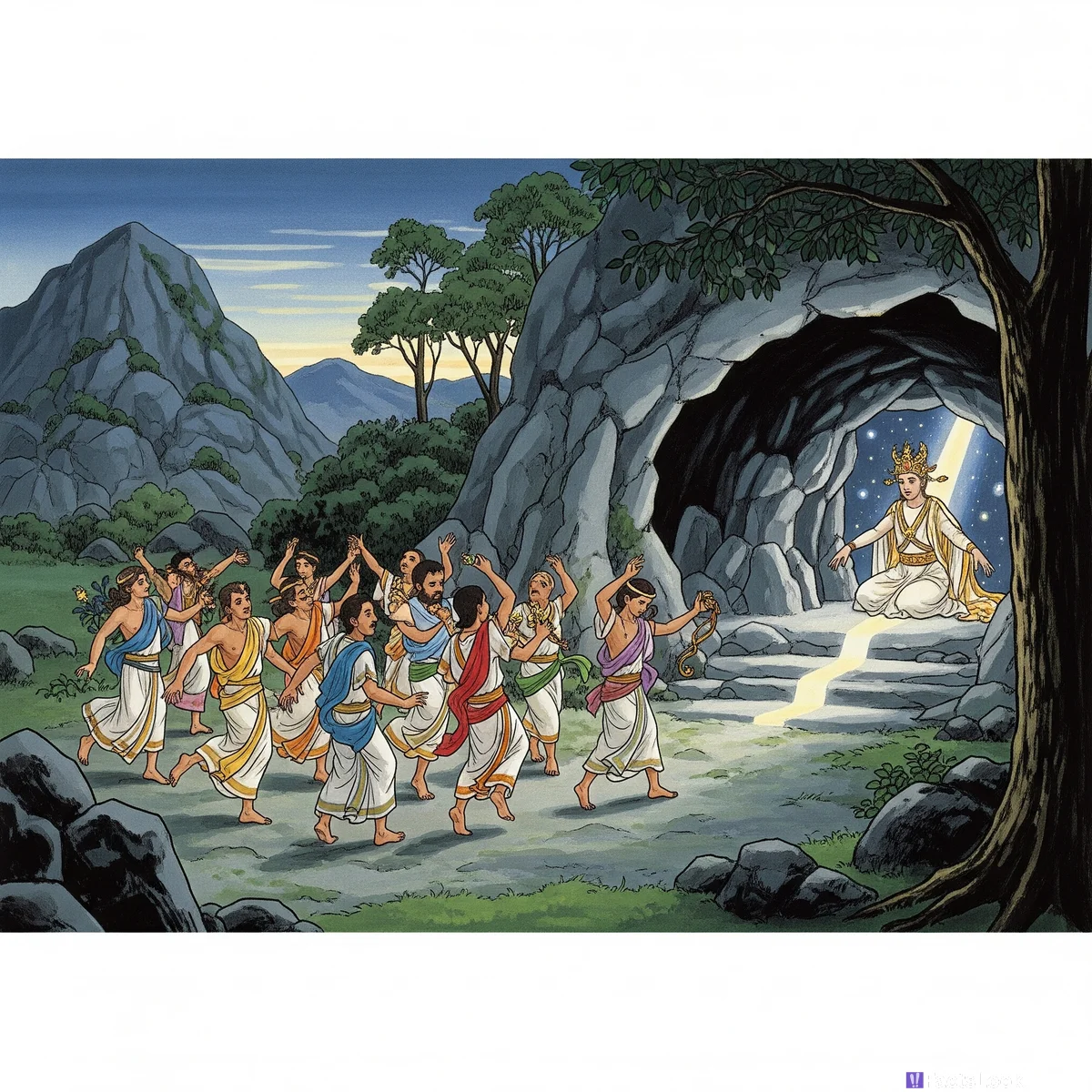
When Amaterasu, the sun goddess, hid in a cave due to her brother’s mischief, the world fell into darkness. The other gods devised a clever plan to lure her out, culminating in a playful dance that amused her and restored sunlight to the world. This symbolizes the importance of harmony and joy in Japanese culture.
The Māori Creation Myth: Ranginui and Papatūānuku
In Māori mythology, the sky father Ranginui and the earth mother Papatūānuku were locked in a tight embrace, preventing light from reaching their children. Their children eventually separated them, bringing light and creating the world we know. This story emphasizes the crucial balance between opposing forces.
Hindu Mythology: Indra’s Numerous Forms and Weaknesses
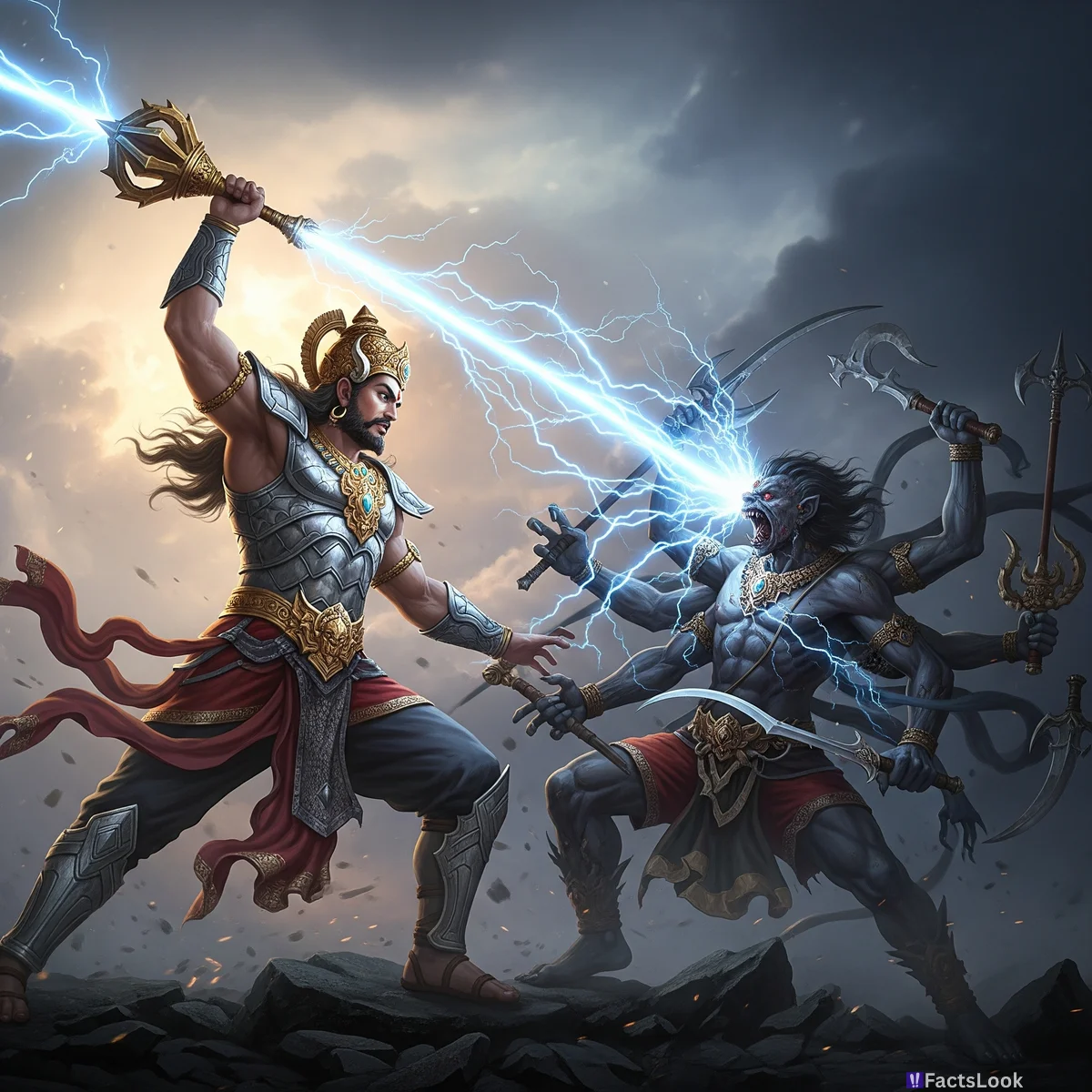
Indra, the king of the gods, is often depicted as a powerful warrior, but ancient texts reveal he was frequently defeated by demons, even losing his kingdom on occasion. This highlights that even gods aren't invincible, and resilience is paramount. [Source: https://www.britannica.com/topic/Indra]
Aztec Mythology: The Five Suns
The Aztecs believed the current world was the fifth 'Sun,' preceded by four others, each destroyed by different cataclysms. Each sun was associated with a different deity and era. This cyclical view of creation and destruction shaped their understanding of time and history.
Celtic Mythology: The Wild Hunt
The Wild Hunt is a folklore motif found across Celtic regions. It involves a spectral huntsman, often Odin or a figure resembling the Horned God, leading a ghostly pack of hounds and hunters across the sky. Encountering the Wild Hunt was considered an omen, often of death or misfortune.
Chinese Mythology: Nüwa and the Creation of Humanity
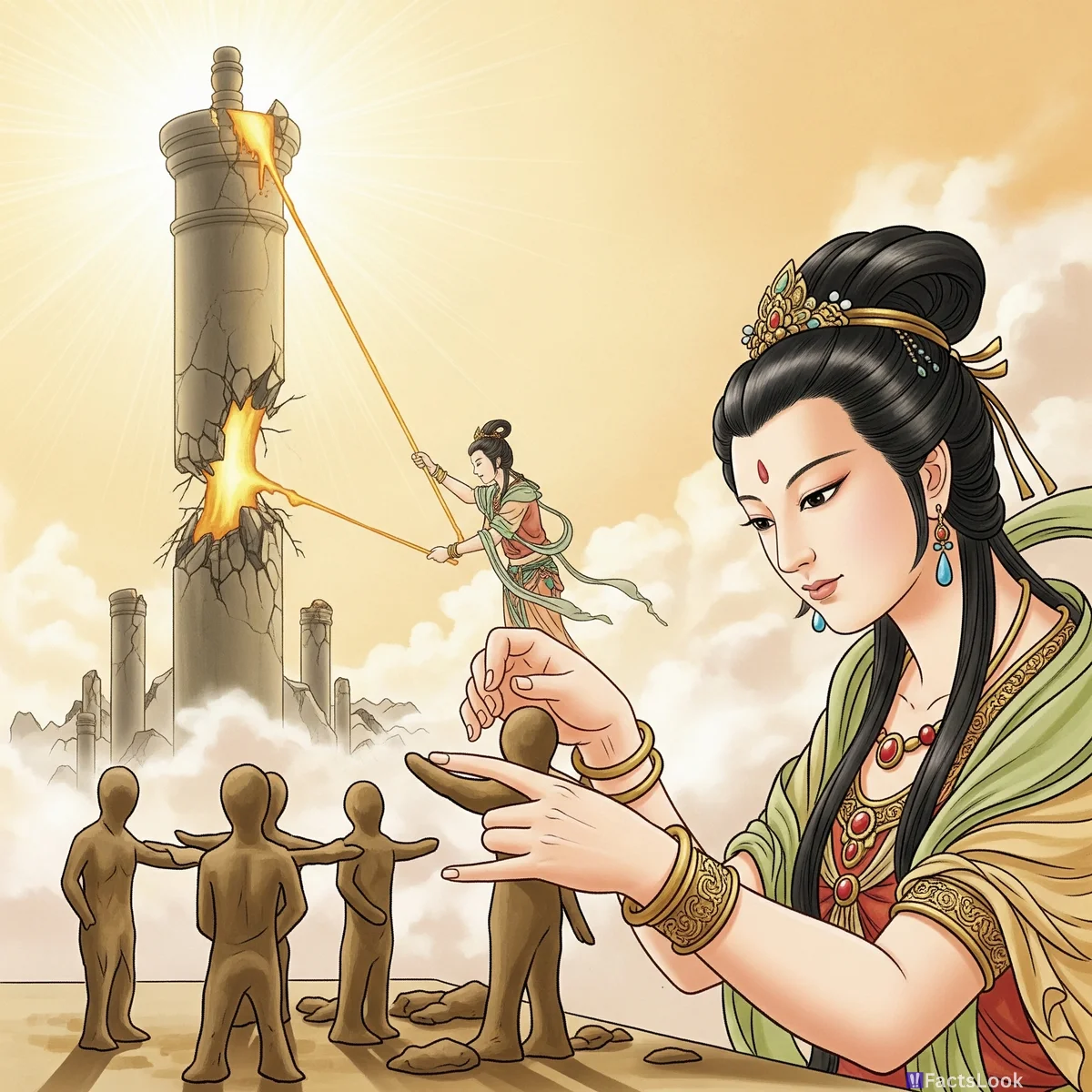
The goddess Nüwa is credited with creating humanity. Bored, she fashioned figures from yellow clay. She also repaired the pillar of heaven when it broke, preventing the world from collapsing. She’s viewed as a mother figure and a powerful creator deity.
Greek Mythology: The Styx River’s Magical Properties
The River Styx wasn’t just a boundary between the living and the underworld; it possessed magical powers. Dipping an object into the Styx made it invulnerable (as Achilles’ mother attempted). The gods swore unbreakable oaths on the Styx, emphasizing its sacred and potent nature.
Norse Mythology: Loki’s Gender Fluidity

While often portrayed as male, Loki frequently shapeshifts and has been described as transitioning between genders in the Prose Edda. This suggests a more fluid understanding of gender roles and identities in Norse mythology than often assumed.
Egyptian Mythology: Bastet, the Cat Goddess’ Dual Nature
Bastet, often represented as a cat, was a goddess of protection, fertility, and motherhood. However, she also had a fierce, warrior side, capable of defending against evil. This duality showcases the multifaceted nature of Egyptian deities.
Incan Mythology: Viracocha - The Creator God
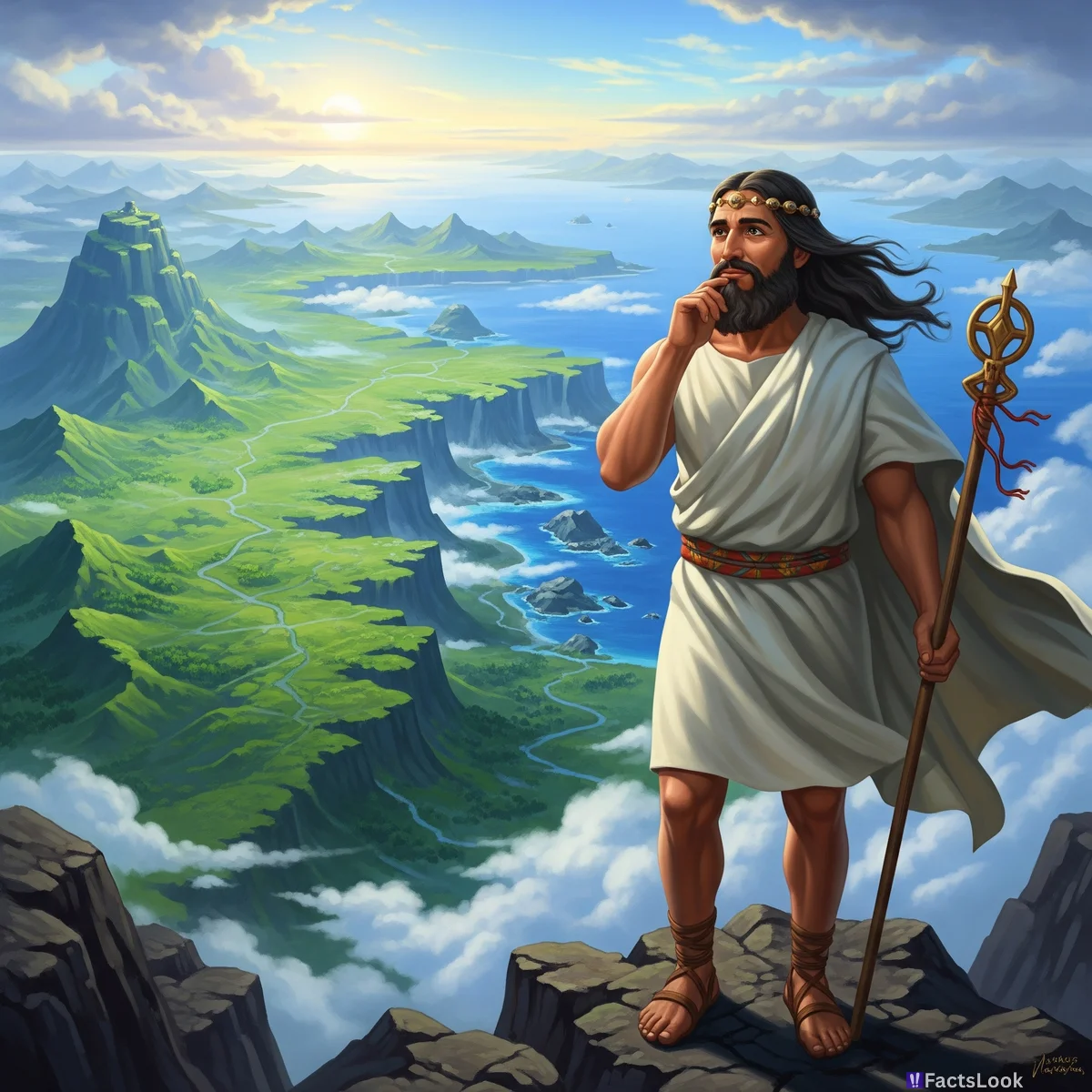
Viracocha is considered the creator god in Incan mythology, responsible for creating the world, the sun, the moon, and humankind. He's often depicted as a bearded man wearing a tunic, a unique characteristic not typically found in pre-Columbian imagery. He vanished into the Pacific Ocean after creating the world, promising to return.
Australian Aboriginal Dreamtime: Creation Through Ancestral Beings
The Dreamtime is a fundamental concept in Australian Aboriginal spirituality. It describes a time when ancestral beings shaped the land and established the laws and customs of the people. These beings continue to exist in the land, influencing the present. This is a complex and deeply spiritual belief system.
Greek Mythology: The Story of Echo and Narcissus
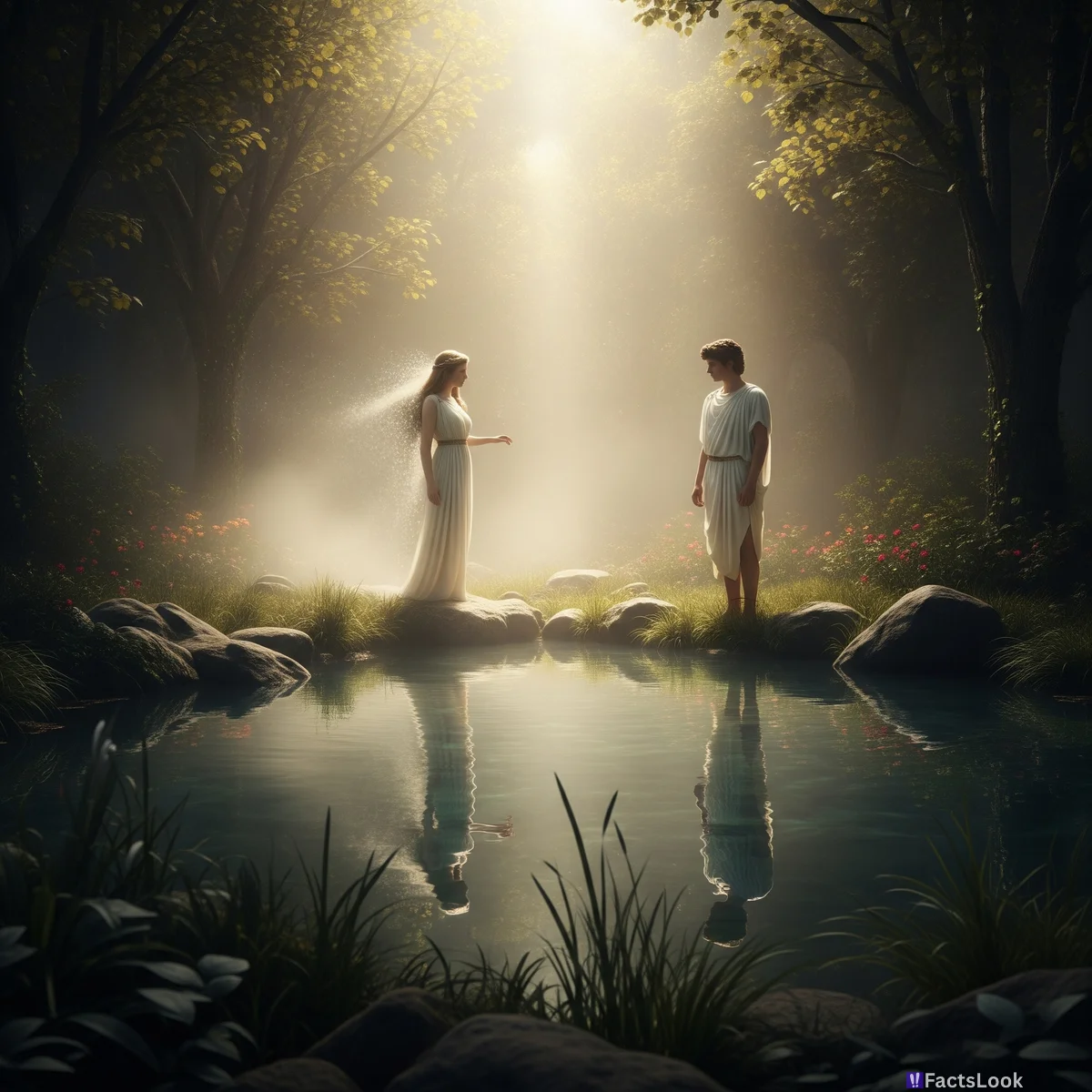
Echo, a nymph punished by Hera, could only repeat the last words spoken to her. She fell in love with Narcissus, who rejected her. In her grief, she faded away, leaving only her voice. Narcissus then fell in love with his own reflection, eventually withering away. The myth explains the origins of echoes and the concept of self-obsession.
Finishing Thoughts: Mythology as a Window to the Past
These mythology facts offer only a glimpse into the vast and enchanting world of ancient myths. By understanding these stories, we gain insights into the beliefs, values, and imaginations of past civilizations. Mythology isn't just about gods and monsters; it's about the human condition, the search for meaning, and the enduring power of storytelling.
Comments
Loading comments...